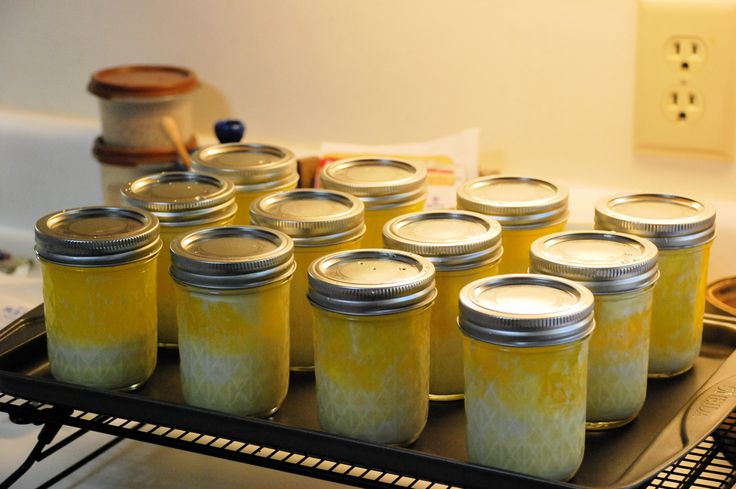
You’ve got a ton of vegetables canned. Your jellies look beautiful in their jars and you have a good variety of fruits. That was all a ton of work but it wasn’t hard to figure out.
The question now is how do you stockpile the hard stuff like meat, butter or even eggs? There are plenty of necessary foods that you need to stockpile that may prove to be a challenge if you don’t have access to a freezer and refrigerator. Don’t worry though. You can do it, and we’re going to tell you how.
Meats
canning meatMeats are actually pretty easy to stockpile and there are several methods of preservation that you can use. Because it’s a low-acid food, you may can it but if you do, you need to use a pressure canner and make double sure that your jars are intact and your seals are good. There are two ways that you may can meat. You can dry can it or you can pack it in water.
Dry canning is great for meats such as hamburgers, crumbled hamburger, sausage links or patties and even bacon. The best way to determine what meats you want to dry can is to decide whether or not you want them to be wet when you take them out of the jar.
For instance, stew meat or chicken gets tender when it sits in water and goes through the wet canning process. You don’t want that for hamburgers or bacon.
To dry can burgers, crumbled burger or sausage, it’s best to use large-mouth jars. You can fit about four hamburger patties in a pint jar and eight in a quart jar. The only time you really need large-mouth jars is when you need to fit burger or sausage patties without mushing the patty into the jar. For everything else, standard-mouth jars are fine.
To determine the right size of the patty, use a seal as a guide. Pat them out so that they’re the same size as the seal then brown them on each side. You don’t have to cook them all the way; just brown them.
Pack them in the jars, add a half-inch or so of water to act as steam to keep the meat moist, clean the rims and put the prepared seals on them, along with the rings. This method even works with balls of sausage that you can later use to make sausage gravy.
To dry-can bacon, simply put the bacon strips in a row on wax paper, lay another piece of wax paper over the bacon, then roll up the paper in the direction of the strips. In other words, the strips stay straight instead of being curled up. If necessary, trim the ends of the wax paper to match the length of the bacon. Pack it into jars, put the seals and rings on, and pressure can.
Wet canning means that you cover the meat in water. This is good for canning chicken, stew meat that you want to be extremely tender. You can season it before you put it in the jars.
For wet canning, standard-mouth jars will be fine. Don’t pack the meat in too tightly because you want the water to be able to get into the middle of the meat and cook it at the proper temperature for the length of time necessary to kill all the bacteria in the meat.
For meats such as beef, pork, venison, and other red meats, pressure can for 90 minutes with 10 pounds of pressure. For chicken, turkey, fish and other similar meats, pressure can for 70 minutes with 10 pounds of pressure.
You can also dehydrate your meat beforehand if you’d like, then dry-can them to extend the preservation period.
Canning Butter
This is a process that I only learned about a year or so ago but I’m glad that I did! Canning butter is extremely simple (continue reading)

